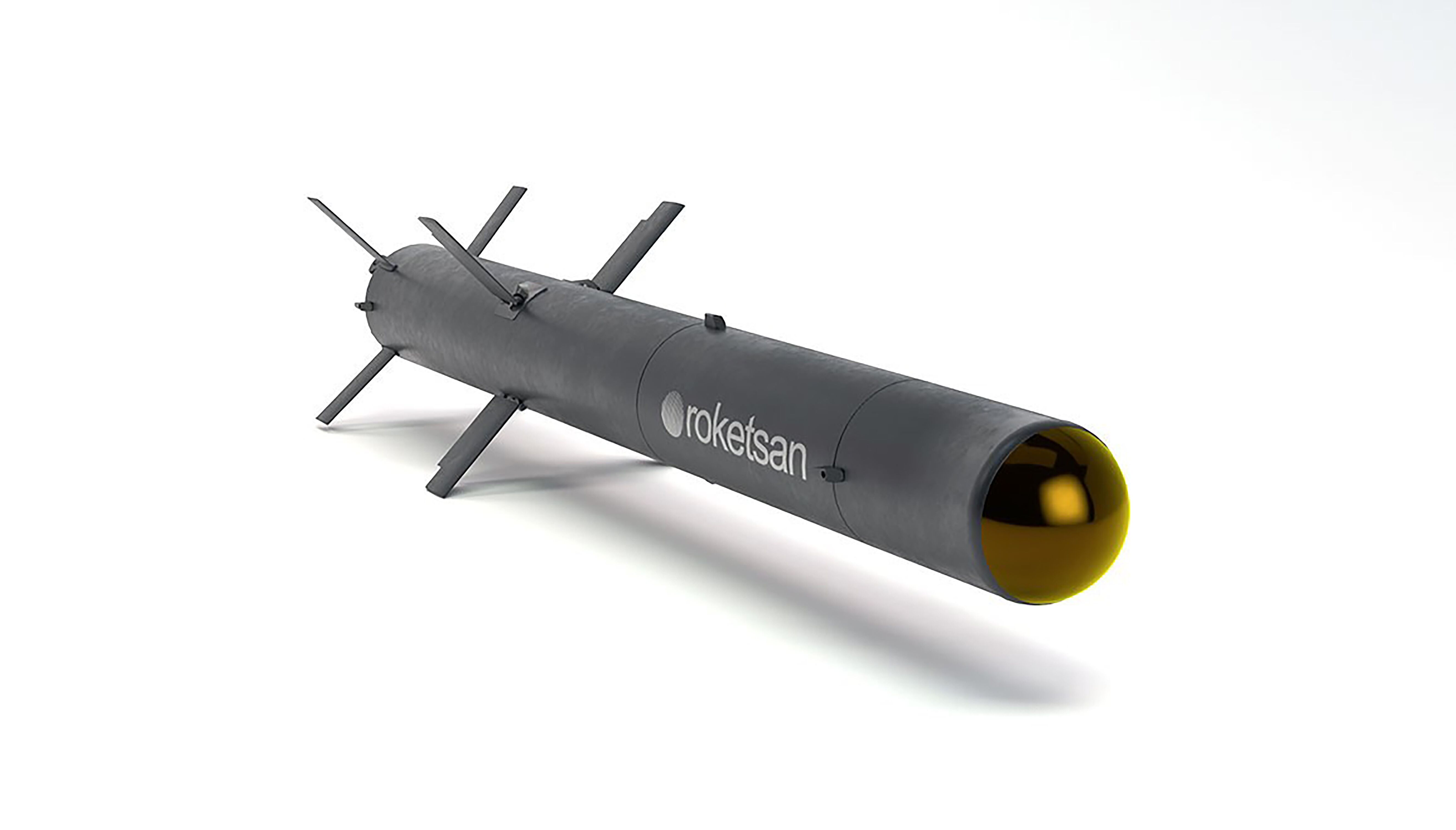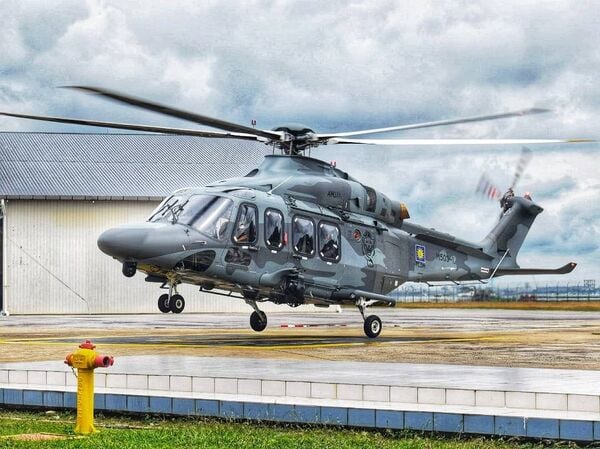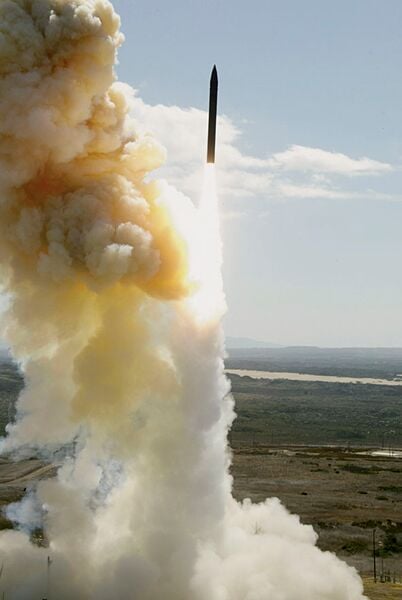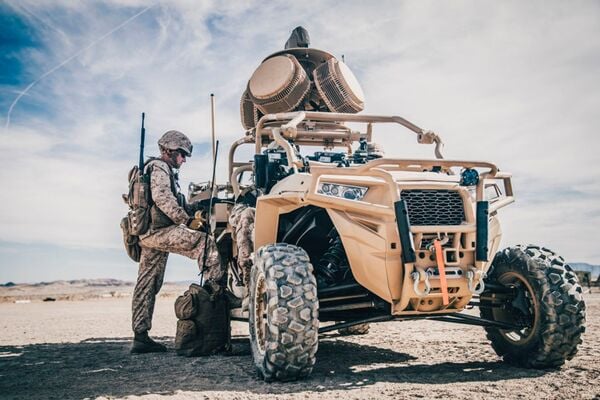- About
- Intara
- Capabilities
- Advisory
- Resources
- News
- Store
Malaysian Army to receive Turkey's KaraOK anti-tank guided weapons
26 October 2023
by Kapil Kajal


The KaraOk anti-tank guided weapon (pictured above) is fitted with a tandem high-explosive anti-tank warhead designed to defeat explosive reactive armour. (Rocketsan Missiles Inc)
The Malaysian Ministry of Defence (MINDEF) has selected Turkey's defence company Roketsan's KaraOK anti-tank guided weapon (ATGW) for the Malaysian Army requirement of 18 medium-range anti-tank guided missile (ATGM) systems, Rahayu Bahaudin, general manager at Malaysia's Ketech Asia, told Janes on 26 October.
The contract has been signed, and Ketech Asia – which is acting as a system integrator in the agreement – will supply the Malaysian Army with 18 KaraOKs from Turkey, according to Bahaudin.
Janes assesses the new ATGM systems will replace the Metis-Ms in service with the Malaysian Army for the past 20 years. Malaysia purchased up to 24 Metis-M launchers and about 100 missiles in 2001.
In March MINDEF requested bids to procure 18 medium-range ATGM systems with at least one missile in the launching tube. The tender also included the delivery of one indoor simulator, three outdoor simulators, three cut-open missiles, and test equipment.
Two Royal Malaysian Navy helicopters collide mid-air
23 April 2024
by Ridzwan Rahmat


A file image of a Royal Malaysian Navy AW139 helicopter landing at Lumut. One of the airframes was involved in a 23 April 2024 accident that killed 10 personnel. (Royal Malaysian Navy)
Ten personnel are dead after two Royal Malaysian Navy (RMN) helicopters collided during a rehearsal for the service's 90th anniversary parade, the service disclosed in a media statement on 23 April.
All personnel are from the two helicopters involved, namely a Leonardo AW139 medium-lift rotorcraft and an AS 555SN Fennec airframe, the statement added.
The service has since confirmed to Janes that the AW139 bears the serial number M503-3 while the Fennec was registered with the serial number M502-5.
The aircraft collided at 0932 h local time while they were flying over the RMN's Lumut naval base.
A video of the mid-air collision that began circulating on instant messaging apps shortly after the accident indicates that the Fennec's main rotor clipped the AW139 on the latter's port side while both aircraft were making a right turn during a fly-past segment of the rehearsal.
Lockheed Martin snags multibillion-dollar NGI contract
16 April 2024
by Meredith Roaten


The Ground-Based Interceptor was launched from Vandenberg Air Force Base in California to simulate a combat launch from Fort Greely in Alaska. (Missile Defense Agency)
The Next Generation Interceptor (NGI) competition has come to an end as Lockheed Martin was selected as the prime to continue development of the weapon through critical design review (CDR), all-up round qualification, integration with the Ground-Based Midcourse Defense (GMD) system, and flight testing, the US Missile Defense Agency (MDA) announced on 15 April.
While no dollar amount was attached to initial statements on the contract, the Pentagon's Cost Assessment and Program Evaluation (CAPE) said in a 2021 report that it expected NGI to accrue roughly USD17.7 billion in contract costs. The downselect for Lockheed Martin will lead to a follow-on production and emplacement contract to support initial operational capability for NGI by the fourth quarter of fiscal year (FY) 2028, according to the announcement.
The MDA cited “technical maturity”, “technical rigor” in the design process, and contract-provided performance date as key factors that supported its decision.
Lieutenant General Heath Collins, director of the MDA, called the decision “very difficult” in a statement but said the agency was “confident”.
USMC plans to buy high-power ULTV variant
11 April 2024
by Aaron Lin


A marine programs a counter-unmanned aircraft system on a Light Marine Air Defense Integrated System (LMADIS) during a predeployment training exercise at Marine Corps Air Ground Combat Center, Twentynine Palms, California. (US Marine Corps)
The Ultra Light Tactical Vehicle (ULTV) programme – a US Marine Corps (USMC) replacement for the ageing Utility Task Vehicle (UTV) – will now include a variant with more exportable power, according to Janes analysis of budget documents.
The fiscal year (FY) 2025 budget request is the first time the ULTV-High Power (ULTV-HP) has funding for procurement, adding up to roughly USD5.99 million for 40 vehicles in that year. USMC justification documents indicate that it “provides exportable electrical power generation in support of the requirements for [the] kill web integrating system”.
The Malaysian Ministry of Defence (MINDEF) has selected Turkey's defence company Roketsan's KaraOK a...
Latest Podcasts
Iran Israel analysis
In this podcast Janes analysts discuss the Iranian attacks on Israel on the 14 April. They highlight the military systems used by Iran and the performance and impact of these on Israel. They also discuss the implications of this attack goi...
Listen nowJanes Case Studies
Using Janes Intara to build a common intelligence picture: Russian build up on the Ukrainian border
View Case StudyNews Categories
 Security Details
Security Details